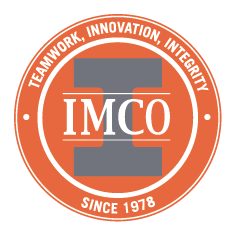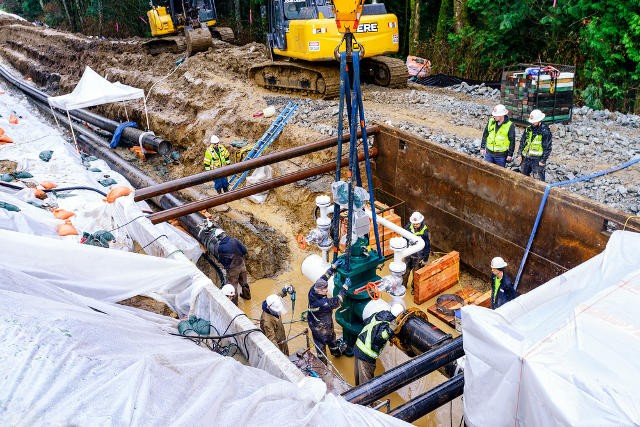Celebrating Women in Safety
International Women's Day
Shelley Brown MPH, CSP is a regional SH&E manager for AECOM and vice-chair of the NSC Women’s Caucus. • 3/7/2018
Celebrating Women in Safety on International Women's Day March 8

Blog – The modern celebration of International Women's Day was established in the early 1900s following one of the deadliest industrial accidents in New York – and in the United States. One hundred forty-one lives were lost in the Triangle Shirtwaist Factory fire, mostly young women. Many were trapped behind locked doors, or could not escape because of the collapsing building.
This terrifying event, and the loss of young lives, helped galvanize the women-led movement to advance worker rights, especially for safety and equality, which continues today as International Women's Day.
Women leaders who rose up in the Triangle Factory fire aftermath, like Francis Perkins, would go on to break glass ceilings and begin a tradition of women who disrupted the status quo to make our workplaces and communities safer and more equitable for all. Extraordinary examples of women's contributions to a safer world are all around us.
U.S. Sen. Elizabeth Dole as secretary of transportation influenced President Ronald Reagan and Congress to enact legislation setting the legal drinking age at 21. She issued regulations requiring automatic safety belts and air bags in cars, and went on to serve as secretary of labor overseeing the enactment of the Lockout/Tagout Standard. In awarding Sen. Dole the Flame of Life Award in 2012, NSC estimated these achievements have saved more than 360,000 lives and counting.
Winnie Shubert of ExxonMobil inspired a number of local women in Chad and Iraq to rethink their futures and advance their personal and family's well-being. Winnie helped local women develop skills in basic safety practices, ranging from sterilizing bottles in a hospital to conducting a root-cause analysis for workplace incidents. Winnie worked locally and with individuals to encourage women to pursue opportunities previously unimagined.
With a legacy of women advancing workplace safety spanning more than 100 years, it would be easy to assume the "golden age of women in safety" is upon us or within reach. However, American Society of Safety Engineers estimates that despite the U.S. workforce being predominantly female, only 19% of safety professionals are women. Representation of women in safety decreases at the highest levels of organizations, where pivotal decisions on risk and safety are made.
Women make up nearly 80% of health care workers, where injury rates are twice as high as general industry and more lost-time injuries occur than in construction or manufacturing. Female leadership in Congress, the legislative body tasked with workplace, road, food and environment regulations, as well as our community public safety organizations, is low.
At the Campbell Symposium in February, a panel of women leaders in EHS addressed essential steps everyone can take to attract and retain women in the safety profession, recognizing that true equality in the workplace may take generations to achieve.
- Inspire young women to pursue STEM (science, technology, engineering and math) fields to ensure women have an educational track that leads to successful, life-long safety careers
- Contribute to scholarships for women in the safety profession
- Support family-friendly workplace policies that allow women and men to re-enter the workforce after taking on full or part-time caregiving responsibilities
- Rethink the value of skills honed during time spent caregiving and how they may create a new type of safety professional better suited to the challenges of the modern workplace.
- Create organizational awareness about unconscious bias and macroaggressions then provide tools and resources to employees to respond effectively
- Celebrate and recognize the achievements of women in safety and health
- Grow networks of mentors and create stretch opportunities for women in safety
- Advocate for diversity in key decision-making processes in your organization as a way to reduce risk and prevent the most serious incidents
We celebrate International Women's Day and Women's History Month to recognize contributions women have made to saving lives and changing them for the better, to reflect on people who inspire us to #BeBoldForChange and to #PressForProgress in a movement grounded in a preventable tragedy that is now changing the world.



